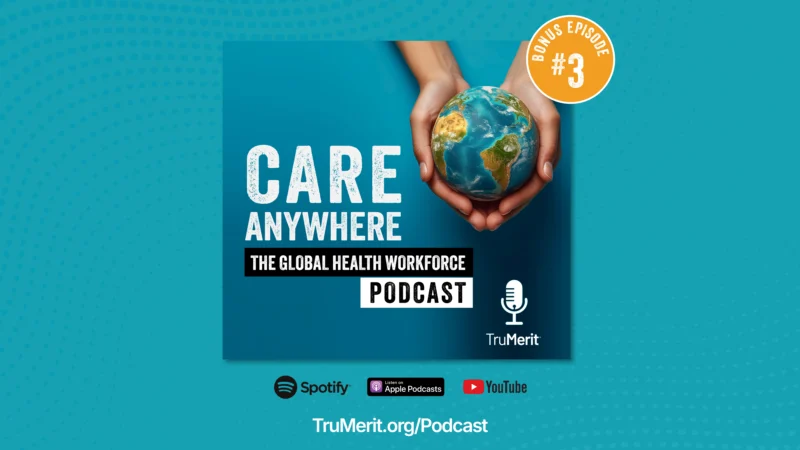Increase in Healthcare AI Will Help Mitigate Risks and Achieve Better Patient Outcomes
With the world of healthcare seeing rapid evolution and where every decision counts, the integration of AI and machine learning models into clinical practice is heralding a new era of precision and efficiency. These innovative tools hold the promise of revolutionizing patient care by seamlessly integrating into EMRs bridging crucial gaps in diagnosis and treatment. Through providing decision-making support to healthcare providers in real-time, they hold the potential to mitigate the risks of incorrect diagnoses, treatment delays, and ensuring timely interventions for patients in need. Additionally, by aiding in the selection of appropriate diagnostic tests and facilitating the escalation of care when necessary, these technologies can significantly enhance patient outcomes.
The data generated by these AI tools lays the foundation for the development of predictive models, enabling healthcare professionals to anticipate patient outcomes and healthcare costs with greater accuracy. As these models continue to evolve and utilize information from expansive datasets, they become adept at predicting better patient outcomes and the probability of malpractice.
Dr. Arpita Hazra, the Clinical Patient Safety Data Specialist for Healthcare Risk Advisors, stated how this relationship between technology and healthcare will help improve clinical decision-making and expand patient safety to reduce the burden on healthcare providers. She offered some insights into the potential of AI and machine learning to reshape the future of healthcare.
Dr. Hazra’s Thoughts on Patient Outcomes
“Artificial intelligence and machine-learning models can be used to create clinical decision-making support tools that can integrate into the EMR, which can help fill care gaps in busy healthcare settings. This will reduce the incidence of incorrect diagnosis, reduce the delay in diagnosis and delay in treatment for patients, help the providers in ordering the correct diagnostic tests, and help escalate the patient’s care when needed.”
“The data collected from these kind of tools can be used to create machine learning-based predictive models. The more and more data that gets collected in these tools will make this tool more efficient and also help predict the patient’s outcome, the healthcare costs, the probability of malpractice claims.”
Article written by Alexandra Simon.








